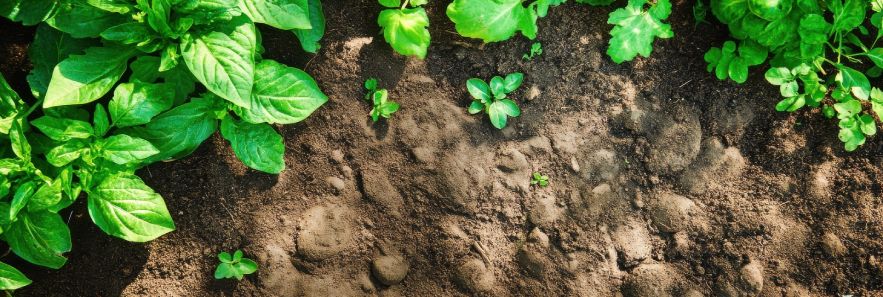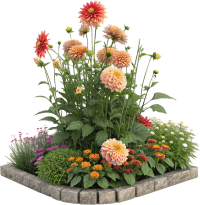Gardening is an exciting and comforting hobby that connects you to nature while creating a beautiful space in your surroundings. Growing vegetables or colourful flowers makes your home more vibrant.
This activity is much easier than you think, despite looking like a difficult task. By just understanding a few tips, anyone can grow the garden of their dreams, even with no prior experience. This guide will walk you through the necessary tips to curate your garden. Let’s get right into it.
Choose the Right Location

Picking the right location is one of the most important things to consider. The success of your garden most often depends on where it is grown. Check your surroundings and study the sunlight pattern. Some plants need at least six hours of sunlight daily to grow.
Don’t set up a garden in a space that’s tilted downwards, where water can pool. The garden must not be located closer to a poor drainage system where sewage constantly leaks out. The goal is to ensure your garden isn’t clogged with water.
You should choose a place with good proximity to the water source. This way, you can easily irrigate your plant, especially in dry seasons.
As a beginner, you can plant in containers in different locations. Observe the growth of the plants in these locations and note the ones that are growing well. This way, it becomes easier to pick the right location.
Good Soil Types for Gardening and How to Improve Your Soil
Your plants need good soil to thrive. The ideal soil for growing your plant is loamy. Clay soil has a good water-holding capacity leading to poor drainage, while sandy soil drains too quickly. Not only does loamy soil drain water well, but it also has good nutrients.
You can improve your soil by adding compost. If you have clay soil in your surroundings, you can mix it with sandy soil to improve drainage and add fertilizers too. Earthworms are a good sign that your soil is fertile.
Best First Plants for your Garden

As a beginner, you might need to plant crops that grow fast just to build your confidence. You can start by planting basic herbs like mint and rosemary which are useful in the kitchen. Planting crops that take a long time to grow can be discouraging and can cause you to lose hope early.
If you love vegetables, growing lettuce is the best bet for a beginner. They grow very fast and you get the rewards of your hard work quickly. You can also plant cherry tomatoes and radishes.
Once you become comfortable and committed to planting crops that grow easily, then you can move to the difficult ones. By this time, you must have gathered enough experience in the garden and learn the importance of patience.
Seeds or Seedlings?
Your gardening journey begins with deciding if you want to use a seed or a seedling. Using a seed or a seedling gives you similar results, but the process can be different. Let’s dive into these two essential components of gardening so you can know which one to choose.
Seeds
A seed is the reproductive product of a plant that contains an embryo and stored food. It is the most affordable way to grow a plant. All you have to do is tuck them under the soil and watch them grow naturally. You get to experience the magic of turning a tiny seed into a full-grown plant.
The only downside of planting seeds is time. It requires a lot of patience. Sometimes, you might not see green sprouts from the soil for days or a week. Also, your soil has to be rich in nutrients so your seeds can grow better.
Seedlings
Seedlings are not embryos but young plants that give you a head start in your gardening journey. With seedlings, you get to skip the early stages of the plant’s growth and get to reap the fruits of your labour quicker. You also get to avoid regular mistakes made by beginners.
Planting with seedlings is easier but can be expensive. You will expend more financial resources trying to get seedlings than seeds. Also, there are some plants that grow better when planted as seeds rather than seedlings.
Final Thoughts
Gardening is one of the most fun activities you can do at home. Follow these tips to have a bright start to your gardening journey. Take it a day at a time, and you will have a beautiful garden in months.